Back to Courses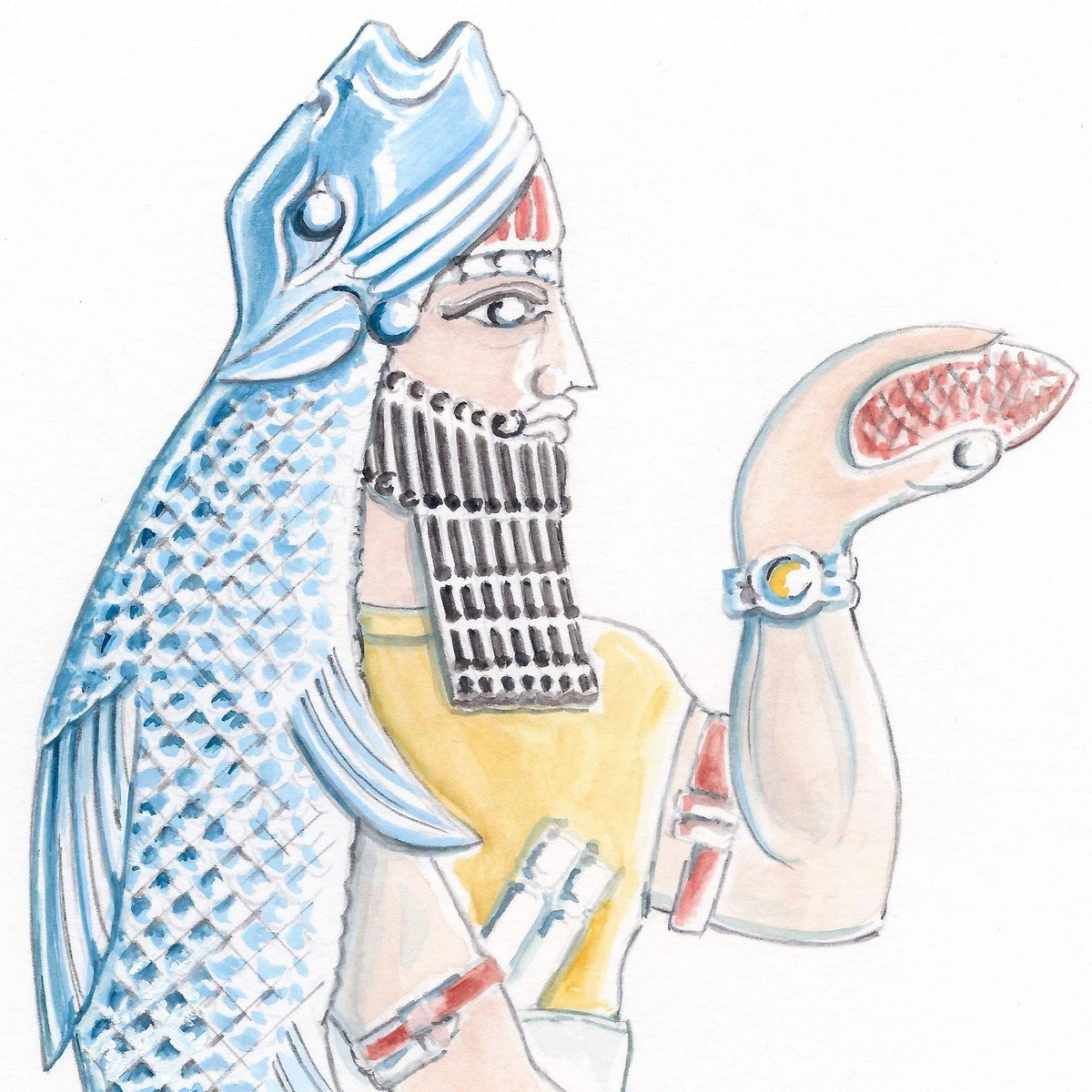
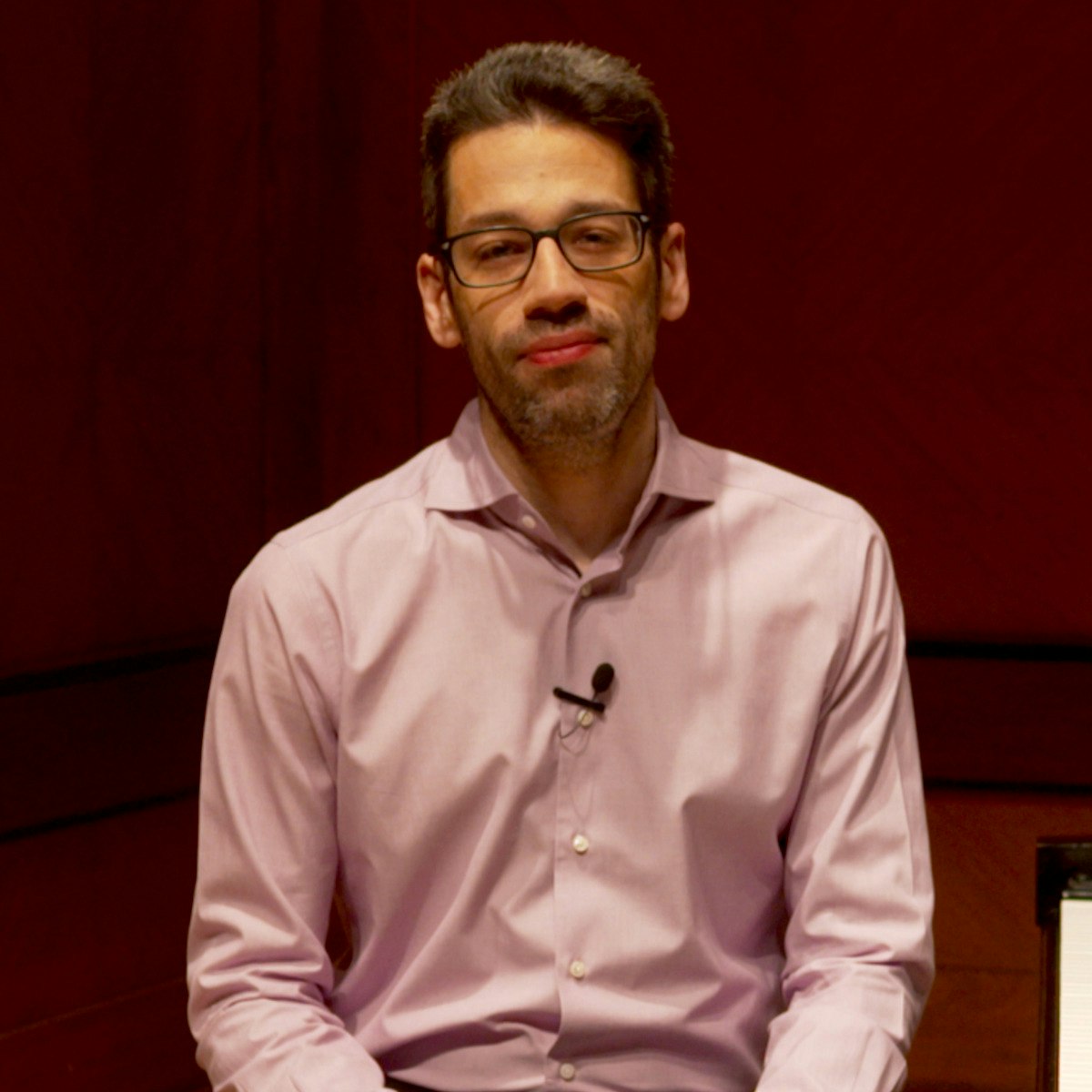

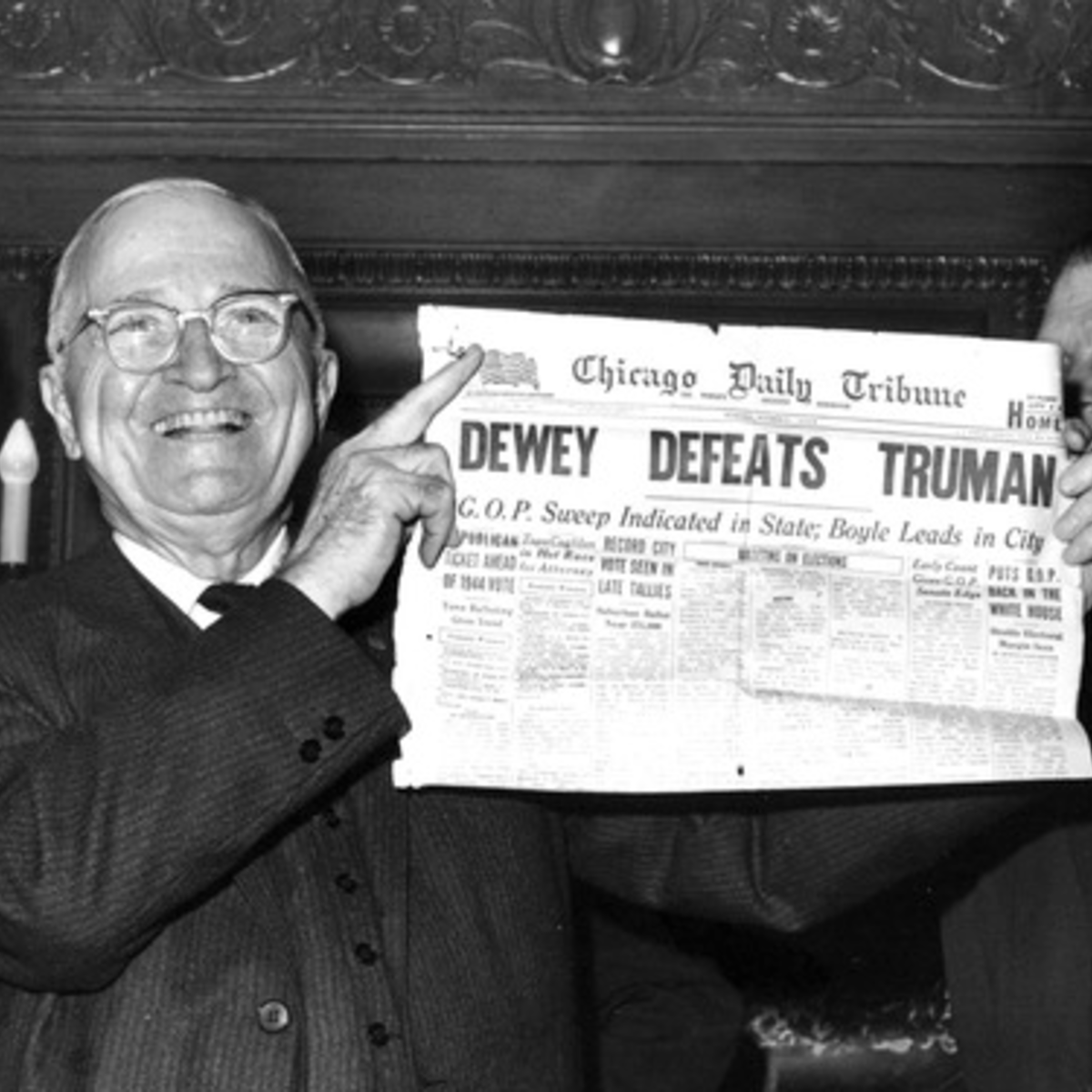

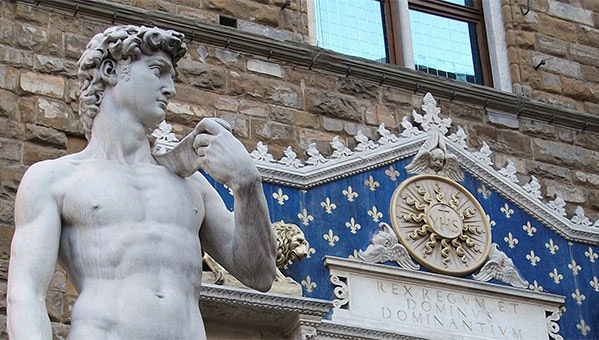
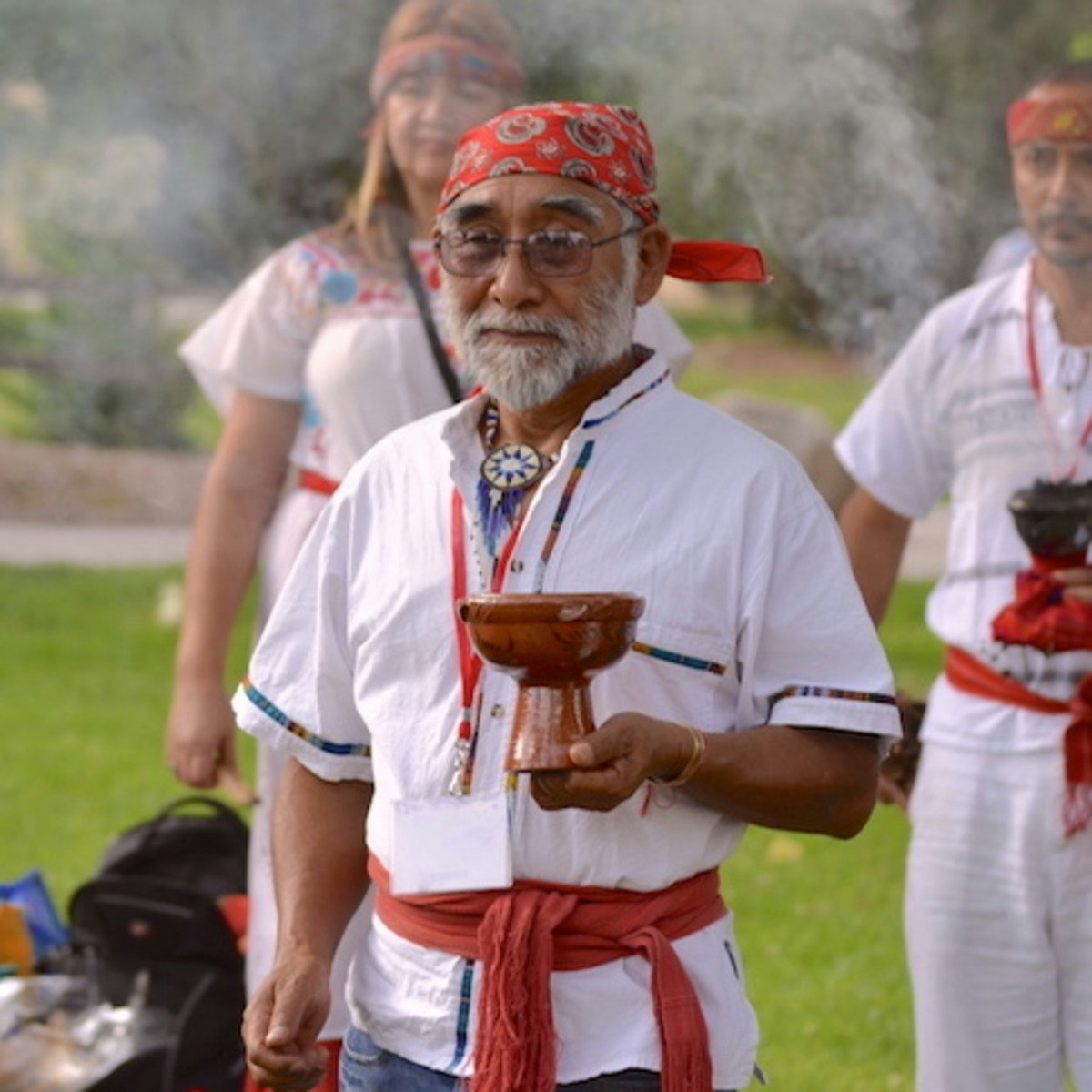
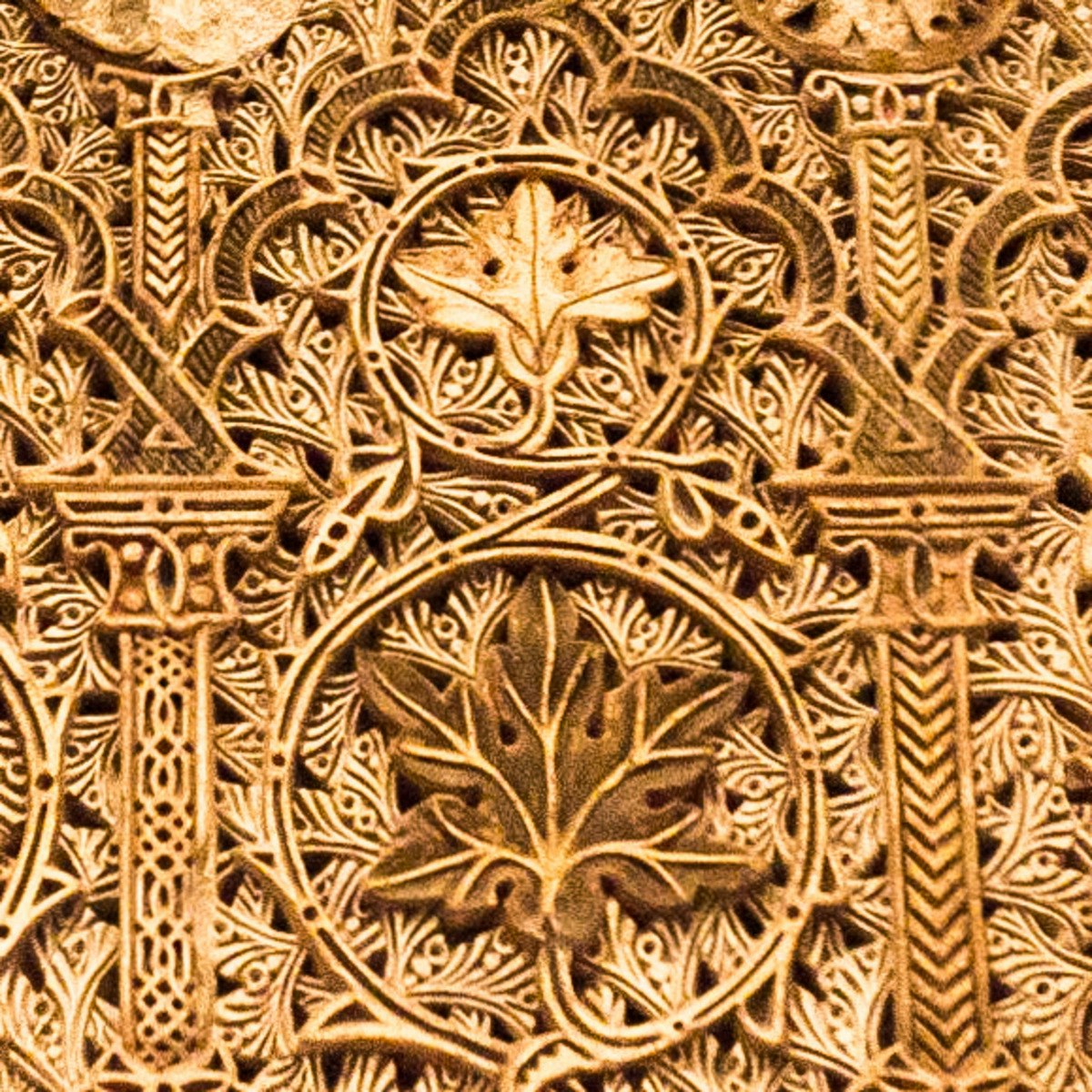

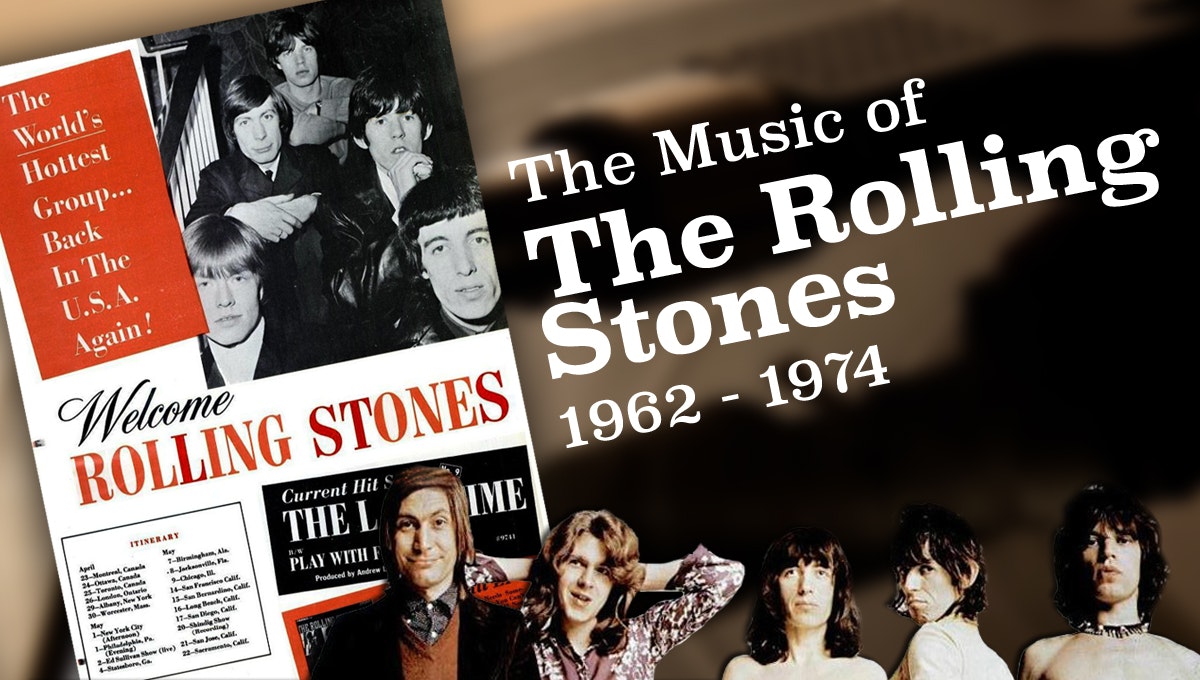
History Courses - Page 8
Showing results 71-80 of 168

Organising an Empire: The Assyrian Way
Discover the mighty kingdom of Assyria, which came to be the world’s first great empire three thousand years ago. From the 9th to the 7th centuries BC, during the imperial phase of Assyria’s long history, modern day northern Iraq was the central region of a state reaching from the Mediterranean Sea to the Persian Gulf, and incorporating what is now Iraq, Syria, and Lebanon, as well as half of Israel, and wide parts of south-eastern Turkey, and Western Iran.
In its geographical extent, this state was unprecedentedly large, and the distinct geography of the Middle East, with deserts and high mountain ranges, posed challenges to communication and cohesion. What were the mechanisms that kept the Empire running? This course explores the methods the Assyrian government employed to ensure unity and maintain loyalty across vast distances, using traditional as well as innovative strategies. Some of these imperial techniques have marked parallels in the ways modern multi-national corporations are operating, others will strike you as profoundly alien.
This course focusses on how the Assyrians organised their empire by analysing key aspects, namely:
· The CEO – the king, a religious, political and military leader, who is charged to govern by his master, the god Assur;
· Home Office – the royal palace in the central region and the royal court that form the administrative centre of the state;
· The Regional Managers – the governors and client-rulers to whom local power is delegated;
· Human Resources – the Empire’s people are its most precious assets, its consumers and its key product, as the goal of the imperial project was to create “Assyrians”; an approach with lasting repercussions that still reverberate in the Middle East today; and finally
· The Fruits of Empire – it takes a lot of effort, so what are the rewards?
When we explore these topics we will contextualise them with information about the lives led by ordinary Assyrian families.
Taking this course will provide you with an overview of the political, social, religious, and military history of the world’s first superpower. It will give you insight into the geography and climatic conditions of the Middle East and contribute to your understanding of the opportunities and challenges of that region. It will present you with a vision of the Middle East at a time when its political and religious structures were very different from today.

Exploring Beethoven's Piano Sonatas Part 6
Welcome to Exploring Beethoven's Piano Sonatas Part 6! You’re joining thousands of learners currently enrolled in the course. I'm excited to have you in the class and look forward to your contributions to the learning community.
To begin, I recommend taking a few minutes to explore the course site. Review the material we’ll cover each week, and preview the assignments you’ll need to complete to pass the course. Click Discussions to see forums where you can discuss the course material with fellow students taking the class.
If you have questions about course content, please post them in the forums to get help from others in the course community. For technical problems with the Coursera platform, visit the Learner Help Center.
Good luck as you get started, and I hope you enjoy the course!

Egypt before and after pharaohs.
History of Ancient Egypt. Before and after the Pharaohs: From the birth of the State (c. 3000 BCE) to the early Christian communities (4th century CE).

The Making of the US President: A Short History in Five Elections
As Donald Trump takes office as the forty-fifth president of the United States, this course explores presidential elections in historical perspective, via five case studies. It tells the story of key campaigns in US history, and by doing so it investigates how politics changed over time—and how understanding the past sheds light on the current campaign. From the arrival of "dirty politics" to the impact of the "digital revolution," the course looks at the historical background to some of the key phenomena that shaped the controversy-laden campaign of 2016.
The five elections that we'll investigate are among the most significant in American political history. In 1800, Thomas Jefferson won the presidency in a contest that encouraged politicians to reform the electoral college, the system by which presidents are still chosen. The election of Abraham Lincoln in 1860 prompted the outbreak of the Civil War. It's an election that helps us to understand the development of political parties. In 1968, the Vietnam War was a dominant concern for Americans, and yet foreign policy played a secondary role in Richard Nixon's victory. Twelve years later, in 1980, Ronald Reagan won an election that initiated a new era of conservatism. Finally, we'll turn our attention to the election that took Trump's predecessor, Barack Obama, to the White House in 2008. Many saw the Obama's success not only as revealing the impact of the digital revolution on campaign politics, but also as signaling a turn to progressivism.
Image credits:
Course logo - "Former President Truman holds a copy of the famous Chicago Daily Tribune paper declaring 'Dewey Defeats Truman'" Harry S. Truman Library & Museum (https://www.trumanlibrary.org/photographs/view.php?id=38592).
Course banner - "US Flag Backlit" by Joshua Nathanson, CC BY-SA 3.0 (https://commons.wikimedia.org/wiki/File:US_Flag_Backlit.jpg).

Exploring Beethoven’s Piano Sonatas Part 2
Welcome to Part 2 of Exploring Beethoven's Piano Sonatas!
I'm delighted to launch another set of new lectures of this course as Part 2. As before, this class is meant for people of all levels of experience with Beethoven's music (including no experience at all!). Remember that you are able to watch the lectures as many times as you like, at whatever pace is comfortable for you.
As I’ve done with the first set of Beethoven lectures, I look forward to meeting with students—online and in person, in various cities. The dates and locations will be posted in the Announcements and Events section, as part of the course content. So please remember to check back there for details.
In these four new lectures, we will explore the following sonatas:
• Sonata Op. 2, No. 3
• Sonata Op. 13 (“Pathetique”)
• Sonata Op. 53 (“Waldstein”)
• Sonata Op. 90
The Dolfinger-McMahon Foundation supports Curtis’s lifelong learning initiatives.

The Bible's Prehistory, Purpose, and Political Future
With its walls razed to ground by Babylon’s armies, Jerusalem joined a long line of ancient vanquished cities—from Ur and Nineveh and Persepolis to Babylon itself. While some recovered from the destruction, others did not. But none responded to political catastrophe by fashioning the kind of elaborate and enduring monument to their own downfall that we find in the Bible. Most conquered populations viewed their subjugation as a source of shame. They consigned it to oblivion, opting instead to extol the golden ages of the past. The biblical authors in contrast reacted to loss by composing extensive writings that acknowledge collective failure, reflect deeply upon its causes, and discover thereby a ground for collective hope.
Working through colorful biblical and ancient Near Eastern texts, and drawing on an array of comparative examples, the course illustrates the thoroughgoing manner with which biblical authors responded to defeat by advancing a demotic agenda that places the community at the center. The aim of the biblical authors was to create a nation, and they sought to realize this goal via a shared text, which includes stories and songs, wisdom and laws. This corpus of writings belongs, without a doubt, to humanity’s greatest achievements. Whereas the great civilizations of the Near East invested their energies and resources into monuments of stone that could be destroyed by invading armies, the biblical authors left a literary legacy that has been intensively studied until the present day. More important, these authors’ visionary response to defeat brought to light a radical new wisdom: the notion that a people is greater than the state which governs it, and that a community can survive collapse when all of its members can claim a piece of the pie and therefore have a reason to take an active part in its collective life.

Curanderismo: Traditional Healing of the Mind, Energy & Spirit
As the third of four courses on Curanderismo, the art of Hispanic/Latino traditional medicine, this course focuses specifically on traditional healing of mind, energy and spirit. As an educational and cultural platform, this course will share a number of traditional body therapies. Trained traditional healers will share their knowledge of cleansings from different cultures such as spiritual, energetic and Tonalli Cleansing.
Learners will not become certified traditional healers at the completion of this course but will be able apply basic principles or traditional medicine for health and illnesses. They will become familiar specifically with the traditional therapy of the sweat lodge temazcal, laugh therapy risaterapia and they will learn about the creation of sacred spaces and healing grief through Día de los Muertos.
The Final Curanderismo course will be:
• Global and Cultural Influences of Traditional Healing: African traditional medicine from Uganda and Gabon; Afro-Latino from Cuba and Puerto Rico, Native American spiritual cleansings and Mayan acupuncture and other topics.
REQUIRED TEXTS
- Curanderismo: The Art of Traditional Medicine without Borders by Eliseo Torres
- Curandero: Traditional Healers of Mexico and the Southwest by Eliseo Torres with Imanol Miranda
Where to buy:
https://he.kendallhunt.com/product/curanderismo-art-traditional-medicine-without-borders
https://he.kendallhunt.com/product/curandero-traditional-healers-mexico-and-southwest
OPTIONAL TEXTS
Curandero: A life in Mexican Folk Healing by Eliseo Torres & Tim Sawyer
Healing with Herbs & Rituals: A Mexican Tradition, Eliseo Torres, edited by Tim Sawyer
Where to buy:
https://www.barnesandnoble.com/w/curandero-torres-eliseo-cheo/1120135382?ean=9780826336415&st=PLA&sid=BNB_1341481610&sourceId=PLAGoNA&dpid=tdtve346c&2sid=Google_c&gclid=EAIaIQobChMI3_6LmYev3gIViuNkCh3IPgUyEAQYASABEgLYXfD_BwE
https://www.barnesandnoble.com/w/healing-with-herbs-and-rituals-torres-eliseo-cheo/1120135381?ean=9780826339621&st=PLA&sid=BNB_825204424&sourceId=PLAGoNA&dpid=tdtve346c&2sid=Google_c&gclid=EAIaIQobChMIrrvswYev3gIVBsRkCh3BXQCHEAQYASABEgLnl_D_BwE
PODCAST:
- Blubrry podcast - https://www.blubrry.com/normallol/41068835/normal-lol-63-depersonalization-mental-wellness-curanderismomexican-traditional-healing-with-eliseo-cheo-torres/
- Itunes Episode 63 - https://itunes.apple.com/us/podcast/normal-lol-depersonalization-derealization-anxiety/id1065740418?mt=2

Coexistence in Medieval Spain: Jews, Christians, and Muslims
This course explores Jewish, Christian, and Muslim intercultural relations in Iberia from the Visigothic era (6th century CE) until the creation of Queen Isabel I and King Ferdinand II Catholic Spain (late 15th century). We evaluate the many identities of the peninsula known as Christian Hispania, Jewish Sefarad, and Islamic al-Andalus. We trace the origins and trajectory of conflict between these communities (the Muslim conquest of Spain, Christian Reconquista, prohibitions blocking intermixing of peoples, and expulsions). We aim to understand conflicts within communities as well, such as the tensions between Christian Arian Visigoths and native Catholic Iberians or the fundamentalist North African Almohad Dynasty that rejected the Spanish Umayyad Caliphate’s preference for religious tolerance. We delve into an appreciation of collaboration and coexistence among these communities. We explore the unique role of the Jewish community who Muslims and Christians depended upon as political and cultural intermediaries as well as their intellectual collaborators. We find the history of how peoples attempted to create and manage viable diverse communities. As we study this history, the Honors Track will employ an investigative process (“The Historian’s Craft”) that involves viewing, reading, analyzing, and reflecting on events, peoples, places, and artifacts.

A Voice of Their Own. Women's Spirituality in the Middle Ages.
Have you ever heard about medieval mysticism or medieval heresies? Have you ever wondered about the particular role women played in medieval spirituality? Do Hildegard of Bingen, Clare of Assisi, Marguerite Porete, the Cathar ladies or Isabel de Villena ring a bell? Have you ever felt like you wanted to know more about them? If your answer to any of these questions was yes, then this MOOC, A voice of their own. Women’s spirituality in the Middle ages is what you were looking for.
A Voice of their own is much more than a course. It is an invitation to follow the paths traced by the spiritual experiences of medieval women. It is a challenge that, should you let it, will take you to places where you will see and hear things that will astonish you. Here you will find medieval women playing a major role in the spiritual transformations of the Middle Ages, founding monastic movements and orders, writing about their experiences, traveling the roads of Europe to spread their ideas, creating spiritual landscapes, as well as both material an intangible architectures. In this MOOC, these women will speak to you from the past, and you'll see that their voices still hold great validity in the present.

The Music of the Rolling Stones, 1962-1974
This course will survey the music of the Rolling Stones, beginning with the roots and first formation of the band in the early 1960s, and following the group through the release of It's Only Rock 'n' Roll in late 1974.
Popular Internships and Jobs by Categories
Find Jobs & Internships
Browse
© 2024 BoostGrad | All rights reserved